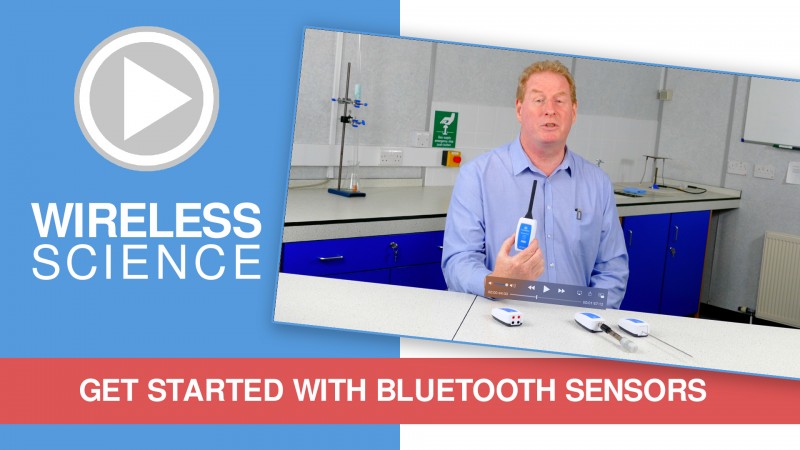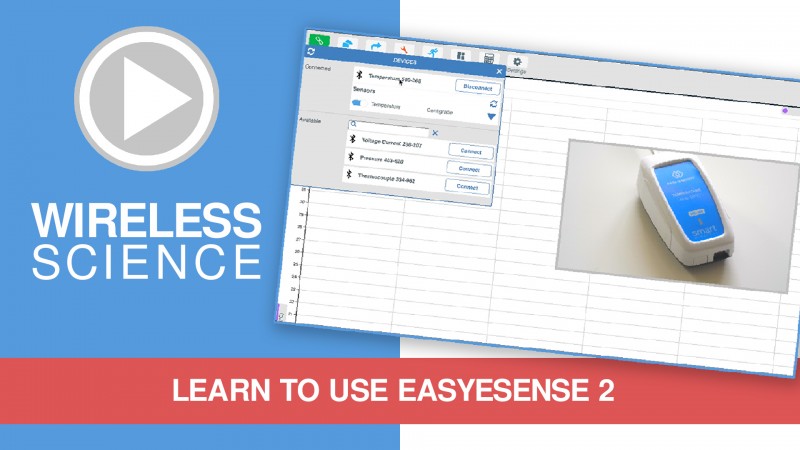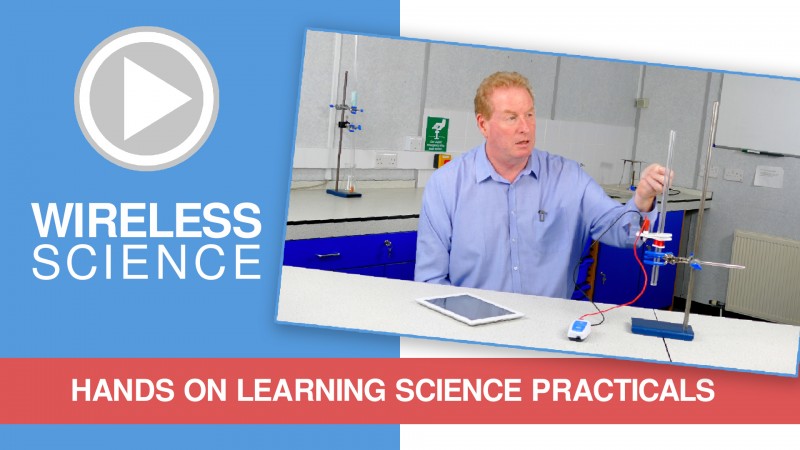Practical Investigations
The Smart Wireless Thermocouple Sensor can be used to investigate a number of scientific experiments such as:
- Discovering how the temperature inside a Bunsen flame varies.
- Comparing the temperature at which different candles burn (test out variables and whether they affect temperature e.g. colour, diameter of candle, scented vs. unscented)
- Which part of a candle flame is hottest?
- Investigating whether the variety of wax used to make a candle affects the rate of combustion and luminosity
- Discovering at what temperature popcorn pops – evaluating poppers and varieties of popping corn
- Using melting point to Identify a solid e.g. bismuth, aluminium, zinc, tin, lead, etc. The solids known melting point should be less than 1,200 ̊C.
- Temperature of dry ice or liquid air
- Estimation of absolute zero
- Any temperature investigation that requires high accuracy over the entire range
- The K-Type thermocouple is not suitable for rapid temperature change work
Online Videos
Learn how to use data logging in the classroom with our Secondary Science Academy demonstration videos, which will walk you through using the new EasySense app and show you how to get hands-on with the latest Bluetooth wireless sensors. The video experiments will show you how to get the best out of your science lessons.
New online content is being continuously uploaded onto our YouTube channel, including practical worksheets as well as videos.
See our website for further information and links.
Explore Bluetooth SensorsAre you looking to make the jump to our smart wireless sensors? Or have you recently purchased them and want to know more about how they work? |
|
Explore EasySenseThe core of our science platform is our EasySense app. In these videos you will learn everything from the basics of our software to the most in-depth features. |
|
Explore Science PracticalsSee our Smart Wireless Sensors in action with a range of practical experiments. This is the best way to get started with the new Bluetooth sensors! |



